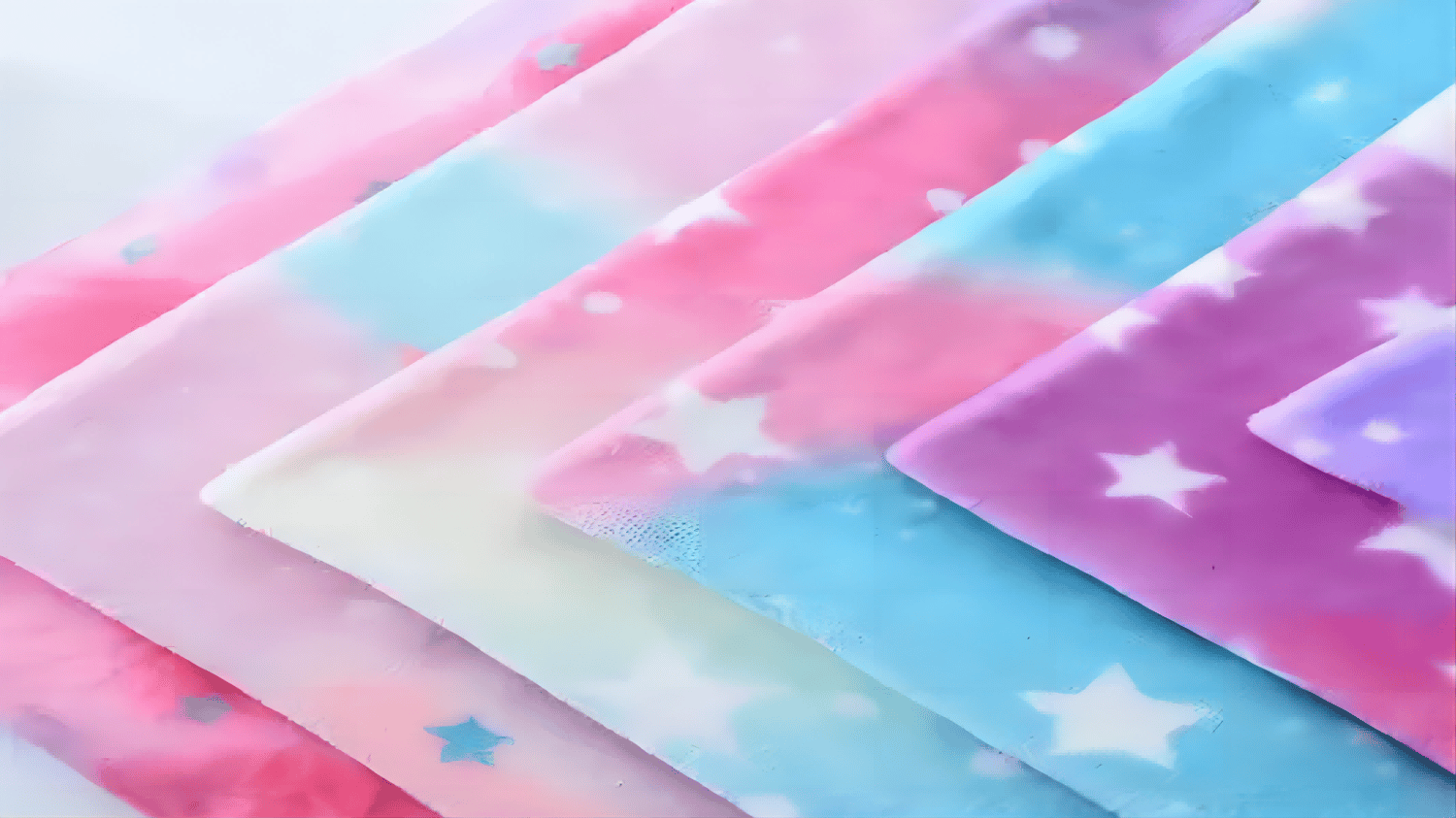Table of Contents

The Distinct Characteristics of Cotton and Flannel Fabrics
When it comes to selecting the right fabric for your clothing or bedding, understanding the differences between cotton and flannel is crucial. While both fabrics offer unique benefits, they possess distinct characteristics that set them apart. In this article, we will explore the dissimilarities between cotton and flannel fabric to help you make an informed decision for your textile needs.
The Versatility of Cotton Fabric
Cotton fabric is widely recognized for its versatility and breathability. Made from natural fibers derived from the cotton plant, this fabric is popular in various applications such as apparel, home furnishings, and even medical supplies. Its ability to absorb moisture and allow air circulation makes it ideal for warm climates and activities that induce sweating.
Understanding Flannel Fabric
Flannel fabric, on the other hand, is a type of cotton fabric that undergoes a specific manufacturing process known as brushing. This process raises the fibers on the fabric's surface, creating a soft, fuzzy texture. Flannel is often associated with warmth and coziness, making it a popular choice for winter clothing, bedding, and accessories.
Fabric Composition
Cotton fabric is composed of pure cotton fibers. It is lightweight, breathable, and typically has a smooth texture. Flannel fabric, although also made from cotton, has a denser weave, which contributes to its fuzzy texture and improved heat retention properties. Flannel can be made from a blend of cotton and synthetic fibers as well, but the traditional flannel is 100% cotton.
Insulation and Warmth
One of the primary differences between cotton and flannel fabric is their insulation and warmth properties. Cotton fabric, while breathable, does not provide significant insulation and is more suitable for warm weather. Flannel fabric, with its brushed surface and denser weave, offers excellent insulation and retains body heat, making it an excellent choice for colder temperatures.
Texture and Softness
Cotton fabric has a smooth texture and a soft feel against the skin. It is often used for lightweight and comfortable clothing. Flannel fabric, on the other hand, has a distinct fuzzy texture due to the brushing process it undergoes. This gives it a plush and cozy feel, making it perfect for pajamas, blankets, and winter accessories.
Appearance and Patterns
Cotton fabric is available in a wide range of colors and prints, making it versatile for various fashion and interior design applications. Flannel fabric, known for its rustic appeal, is commonly associated with plaid patterns, but it is also available in a variety of solid colors and other prints. The brushed surface of flannel enhances the visibility of patterns and adds depth to the fabric's appearance.
Care and Maintenance
Both cotton and flannel fabrics are relatively easy to care for. Cotton fabric can typically be machine washed and dried, although specific care instructions may vary based on the garment or item. Flannel fabric, on the other hand, may require more delicate washing due to its brushed surface. It is often recommended to wash flannel in cold water and tumble dry on a low heat setting to prevent excessive shrinkage or damage to the fabric.
Cost and Availability
Cotton fabric is widely available and tends to be more affordable compared to other types of fabric. Flannel fabric, particularly high-quality flannel, may be slightly more expensive due to its additional manufacturing process and enhanced insulation properties. However, both cotton and flannel fabrics can be found in a variety of price ranges, depending on factors such as brand, quality, and design.
Conclusion
In summary, cotton and flannel fabrics have distinct characteristics that make them suitable for different purposes. Cotton fabric offers versatility, breathability, and a smooth texture, while flannel fabric provides superior insulation, warmth, and a cozy feel. The choice between these fabrics depends on your specific needs, climate, and personal preferences. By understanding their differences, you can make an informed decision when selecting the perfect fabric for your next project.
